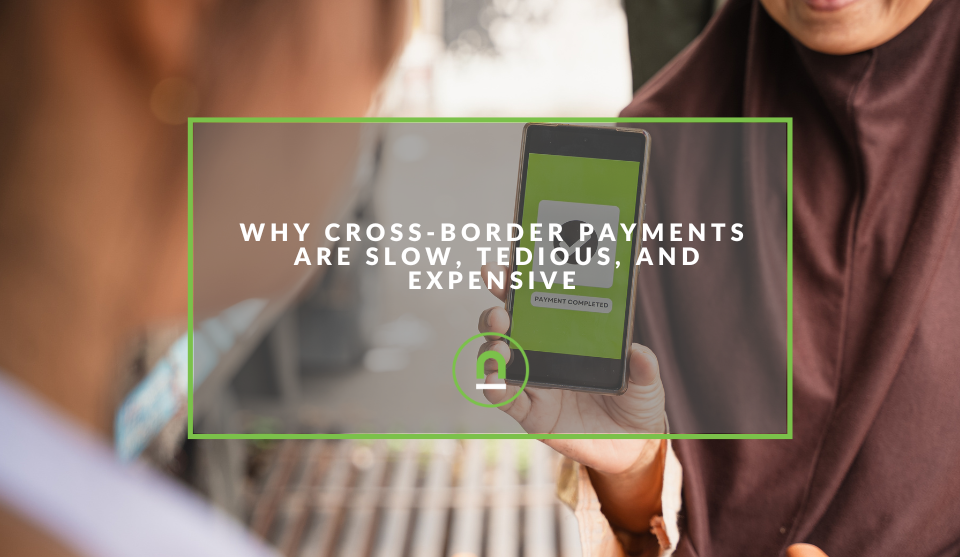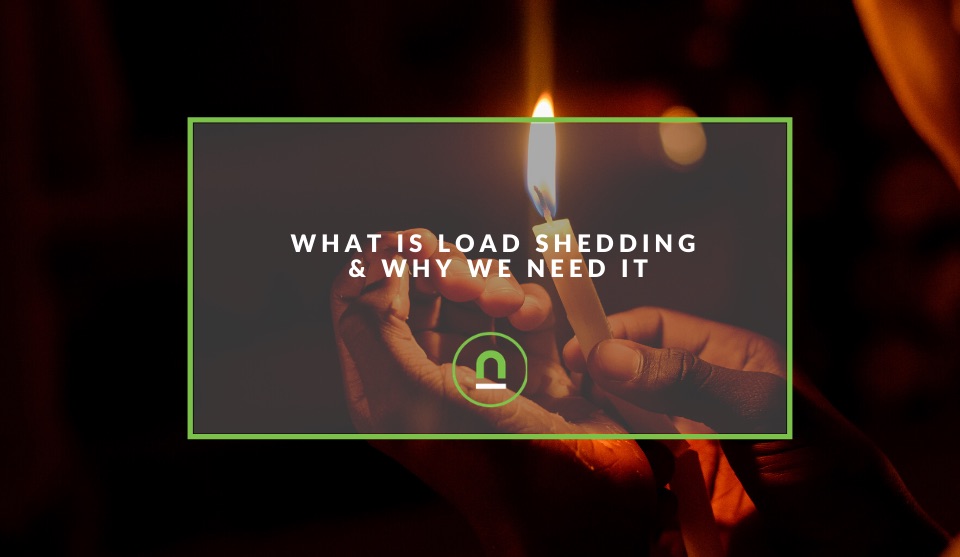Recent posts

nichemarket Advice
Why Video Production Companies Still Outshine AI
24 December 2025

Press Releases
Where You Can Find International Remote Jobs For South Africans
23 December 2025

Money Talks
Why Cross-Border Payments Are Slow, Tedious, and Expensive
17 December 2025

Money Talks
The Rise Of Trading Platforms In South Africa
16 December 2025
Popular posts
Extravaganza
Trending Music Hashtags To Get Your Posts Noticed
24 August 2018
Geek Chic
How To Fix iPhone/iPad Only Charging In Certain Positions
05 July 2020
Extravaganza
Trending Wedding Hashtags To Get Your Posts Noticed
18 September 2018
Money Talks
How To Find Coupons & Vouchers Online In South Africa
28 March 2019
What Is Load Shedding & Why We Need It
13 December 2019 | 0 comments | Posted by Che Kohler in Constructive Criticism
It's a term that has been on every South African's lips these days, but hardly anyone understands the reasons and dynamics behind the dreaded term known as "Load Shedding". South African citizens wait in baited breathe for load shedding schedules from the national energy service provider and now have to plan their lives around this scheduled downtime.
The lack of energy production from Eskom and the national grid has forced the supplier to become creative with its supply to avoid a national blackout What exactly is load shedding?
Loadshedding is the deliberate shutdown of electric power in part or parts of a power-distribution system, generally to prevent the failure of the entire system when the demand strains the capacity of the system.
Eskom's, South Africa's primary electricity supplier has a mandate to ensure the security of supply to service the South African economy and society.
Instead of running the grid into a complete blackout Eskom strategically shut off specific regions of the country in a bid to shed demand and maintain a manageable supply for the country.
The management of electricity supply becomes tricky as demand for energy is not consistent because of:
- peak periods when demand is higher
- and continuous growth in the number of customers requiring electricity services.
What does load shedding mean?
Load shedding means that the power system requires constant and prudent management of supply to meet demand but, today, Eskom faces the challenge of a constrained power system that will affect us until substantial new power capacity is available. In the meantime, to meet demand, our older power stations and infrastructure are being used to full capacity.
Load shedding, or load reduction, is done countrywide as a controlled option to respond to unplanned events to protect the electricity power system from a total blackout.
Many countries and cities in other parts of the world have experienced complete blackouts. To re-start their system, a countries national grid can tap into a power system from a neighbouring country. This reboot can take a few hours, days or even up to two weeks to restore full power, which would have a severe impact on our country.
This is the reason why we use load shedding, or load reduction, to effectively manage our power system and assist in protecting it from such an event.
What are the load shedding stages?
Eskom is constantly trying to match the supply and demand of electricity to allow optimum output and to do so will need to shed a certain amount of demand to meet its availability. The changing demand shedding is known as stages with load shedding now having up to eight stages.
Stage 1:
Requires the least amount of load-shedding (up to 1,000 MW) and can be implemented three times over a four-day period for two hours at a time, or three times over an eight-day period for 4 hours at a time.
Stage 2:
Will double the frequency of Stage 1, which means you will be scheduled for load-shedding six times over a four-day period for two hours at a time, or six times over an eight-day period for four hours at a time.
Stage 3:
Will increase the frequency of Stage 2 by 50 percent, which means you will be scheduled for load-shedding nine times over a four-day period for two hours at a time, or nine times over an eight-day period for four hours at a time.
Stage 4:
Will double the frequency of Stage 2, which means you will be scheduled for load-shedding 12 times over a four-day period for two hours at a time, or 12 times over an eight-day period for four hours at a time.
Stage 5:
Stage 5 will see Eskom shed 5000 MW
Stage 6:
Stage 6 will see Eskom shed 6000 MW
Stage 7:
Stage 7 will see Eskom shed 7000 MW
Stage 8:
Stage 8 will see Eskom shed 8000 MW and would double the power cut frequency of stage 4. This means South Africans would have electricity for 50% of the day or 12 hours.
Get started with nichemarket
Is your business in the dark with many of your customers? Then register with nichemarket, it's easy. All you will need to do is head over to our sign up form and follow the instructions. If you require a more detailed guide on how to create your profile or your listing, then we highly recommend you check out the following articles.
Recommended reading
If you're stuck in the dark and have a few minutes to spare why not dive deeper down the rabbit hole and check out some more posts on load shedding.
- How South African Businesses Can Take Advantage of Load Shedding
- 30 Songs To Listen To During Loadshedding
- Electric Car Options In South Africa
- How To Get Off The Eskom Grid In South Africa
Tags: Load Shedding , Eskom
You might also like
The Rise Of Trading Platforms In South Africa
16 December 2025
Posted by Gabriela Pelayes in Money Talks
Discover how the rise of digital trading platforms in South Africa is reshaping commodity markets, boosting accessibility, efficiency, and the future...
Read moreWhy Video Production Companies Still Outshine AI
24 December 2025
Posted by Che Kohler in nichemarket Advice
A review of traditional video production versus generative AI videos and why businesses might be tempted to go the cheaper route, but it might cost y...
Read more{{comment.sUserName}}
{{comment.iDayLastEdit}} day ago
{{comment.iDayLastEdit}} days ago
 {{blogcategory.sCategoryName}}
{{blogcategory.sCategoryName}}
